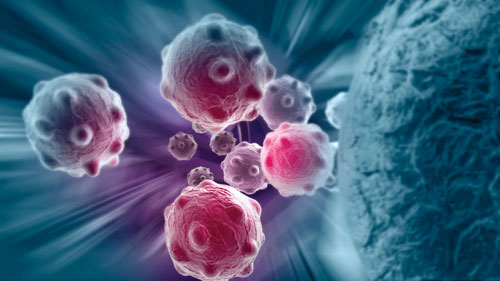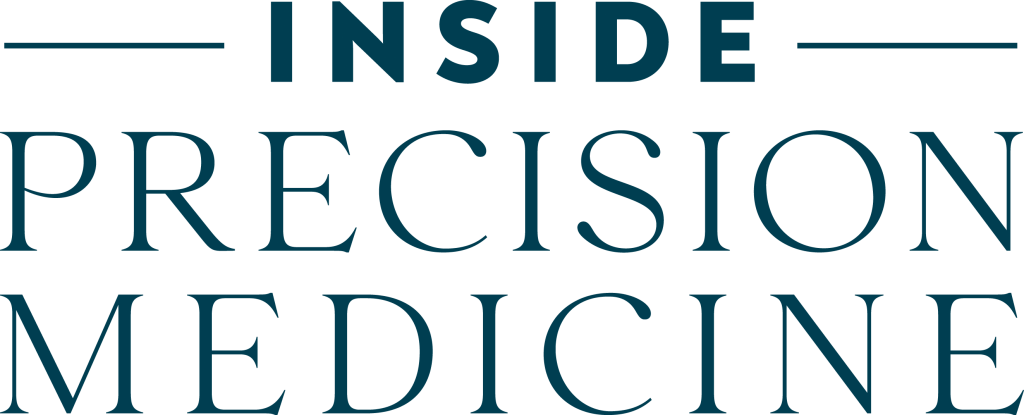
University of California, San Francisco (UCSF) researchers report a new approach that deprived tumors of nutrition in cancer models, and may one day lead to a new approach that can be further developed and personalized for specific cancers and patients.
The UCSF findings are published in Nature Biotechnology in an article titled, “Implantation of engineered adipocytes suppresses tumor progression in cancer models.”
The research team used CRISPR gene editing technology to convert white fat cells into “beige” fat cells and then implanted the cells into mice models of breast and pancreatic cancer. The researchers observed that the engineered fat cells outcompeted tumors for nutrients and reduced cancer progression.
“Tumors exhibit an increased ability to obtain and metabolize nutrients,” the researchers wrote. “Here, we implant engineered adipocytes that outcompete tumors for nutrients and show that they can substantially reduce cancer progression, a technology termed adipose manipulation transplantation (AMT). Adipocytes engineered to use increased amounts of glucose and fatty acids by upregulating UCP1 were placed alongside cancer cells or xenografts, leading to significant cancer suppression. Transplanting modulated adipose organoids in pancreatic or breast cancer genetic mouse models suppressed their growth and decreased angiogenesis and hypoxia.”
“We already routinely remove fat cells with liposuction and put them back via plastic surgery,” said Nadav Ahituv, PhD, senior author of the paper, director of the UCSF Institute for Human Genetics, and professor in the department of bioengineering and therapeutic sciences.
“These fat cells can be easily manipulated in the lab and safely placed back into the body, making them an attractive platform for cellular therapy, including for cancer.”
Ahituv and his post-doc at the time, Hai Nguyen, PhD, were aware of studies that showed exposure to cold could suppress cancer in mice.
Scientists concluded that the cancer cells were starving because the cold was activating brown fat cells, which use nutrients to produce heat. However, cold therapy isn’t a viable option for cancer patients with fragile health.
So, Ahituv and Nguyen turned to the idea of using beige fat, which they could engineer to burn enough calories, even in the absence of cold, to deprive tumors of the fuel they needed to grow.
Nguyen, who is the first author of the paper, used CRISPR to activate genes that are dormant in white fat cells but are active in brown fat cells, in the hopes of finding the ones that would transform the white fat cells into the hungriest of beige fat cells.
A gene called UCP1 stood out. Nguyen grew UCP1 beige fat cells and cancer cells in a “trans-well” petri dish. The cancer cells were on the bottom and the fat cells were above them in separate compartments that kept the cells apart but forced them to share nutrients.
“In our very first trans-well experiment, very few cancer cells survived. We thought we had messed something up—we were sure it was a mistake,” Ahituv recalled. “So, we repeated it multiple times, and we kept seeing the same effect.”
The beige fat cells held sway over two different types of breast cancer cells, as well as colon, pancreatic, and prostate cancer cells.
The researchers were still uncertain if the implanted beige fat cells would work in a more realistic context. So, they turned to fat organoids, which are coherent clumps of cells grown in a dish, to see if they could beat tumor cells when they were implanted next to tumors in mice.
The approach worked against breast cancer, as well as pancreatic and prostate cancer cells. The cancer cells starved as the fat cells consumed all the available nutrients.
The implanted beige fat cells even suppressed pancreatic and breast tumors in mice that were genetically predisposed to develop cancer. It even worked when the beige fat cells were implanted far away from the breast cancer cells.
To see how they would work in human tissue, Ahituv and Nguyen teamed up with Jennifer Rosenbluth, MD, PhD, a breast cancer specialist at UCSF. Rosenbluth had amassed a library of breast cancer mastectomies containing both fat cells and cancer cells.
“Because the breast has a lot of fat, we could get fat from the same patient, modify the fat, and grow it in a single trans-well experiment with that patient’s own breast cancer cells,” Ahituv said.
These same-patient beige fat cells outcompeted breast cancer cells in petri dishes—and when they were implanted together in mouse models.
Knowing that cancers have preferred diets, the researchers engineered fat just to eat certain nutrients. Certain forms of pancreatic cancer, for example, rely on uridine when glucose is scarce. They programmed the fat to eat just uridine, and they outcompeted these pancreatic cancer cells. This suggests that fat could be adapted to any cancer’s dietary preferences.
Fat cells have many advantages when it comes to living cell therapies, according to Ahituv.
“With fat cells, there’s less interaction with the environment, so there’s very little worry of the cells leaking out into the body, where they might cause problems,” Ahituv said.
Fat cells can also be programmed to emit signals or carry out more complicated tasks. Their ability to defeat cancer even when they are not right next to tumors could prove invaluable for treating hard-to-reach cancers like glioblastoma.
“We think these cells could also be designed to sense glucose in the bloodstream and release insulin, for diabetes, or suck up iron in diseases where there’s excessive iron, like hemochromatosis,” Ahituv concluded. “The sky’s the limit for these fat cells.”













